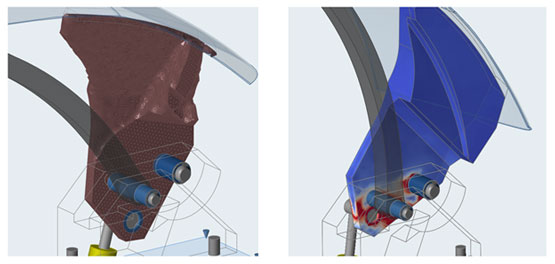
A 50-year-old Moon sample is just too cool to ignore, even if nothing new or shocking is discovered.

We hope the findings inside are more exciting than the “Moon cube,” which is likely just a rock, but we’ll be checking up on the news either way. These cylindrical shells i 1, i 2,, i N are located at positions z 1, z 2,, z N, with surface charge density 1, 2,, N, and radius R 1, R 2,, R N, respectively. Learning more about the Moon’s surface, the gas available on Earth’s satellite, and how best to contain and return samples could even help with NASA’s upcoming Artemis Artemis and the ESA’s lunar exploration initiative known as Prospect. Firstly, assume we have an arbitrary number of cylindrical sheets, all of the same length L, and their axis coincides with the z-axis. The ESA jokingly calls the puncturing tool it built over 16 months the “Apollo can opener,” and hopes to learn lessons that will assist in future missions to both the Moon and Mars. Cernan hammered a 70 cm cylindrical tube into the surface to extract a core sample of the lunar soil.

Astronaut Gene Cernan collected the sample on the Moon from a “landslip deposit” that cascaded down into the Taurus-Littrow Valley, a geological feature near the team’s landing site.


 0 kommentar(er)
0 kommentar(er)
